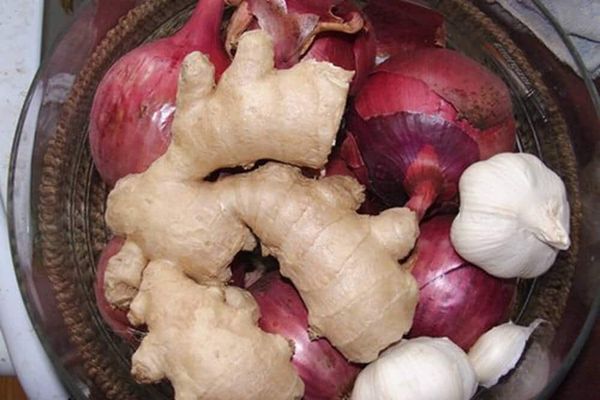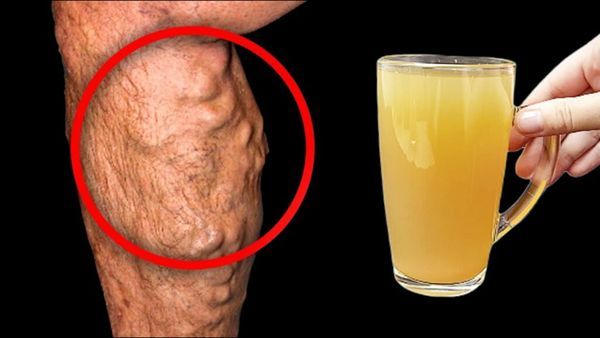Keeping track of your blood sugar levels is very important, especially as we age. It’s crucial to recognize the symptoms of high blood sugar levels and take action right away. Ignoring these symptoms can have serious consequences for your health. While the symptoms may vary from person to person, here are some common signs that you need to pay attention to.
What Causes High Blood Sugar Levels?
There are several factors that can contribute to increased blood sugar levels. These include:
- Lack of physical activity
- Feeling fatigued
- Having a common cold
- Dehydration
- Overeating
- Overuse of steroids
It’s important to note that increased blood sugar levels do not automatically mean diabetes. However, they can be a symptom of the disease. If you experience any of the following symptoms, it’s important to consult with a healthcare professional:
- Frequent urination, especially at night
- Blurred vision
- Dry mouth
- Excessive thirst
- Impotence (in men)
- Difficulty focusing
- Slow healing of cuts and wounds
- Recurring infections
- Digestive problems
- Increased appetite
- Nerve problems
- Dry and itchy skin
- Excess belly fat and weight gain
Monitoring Your Blood Sugar Levels
In order to control your blood sugar levels, it’s important to be mindful of the foods you eat. Foods with a high glycemic index should be avoided, as they can cause spikes in blood sugar levels. The glycemic index is a scale that measures the amount of carbs in foods that may raise blood sugar levels. The higher the number on the scale, the greater the risk of high blood sugar levels. Foods with a glycemic index between 0 and 54 are considered low glycemic foods and are safer to consume.
Here’s a list of low glycemic index foods that you can enjoy in moderation:
- 1 egg: 6
- A cup of broccoli: 10
- A cup of hummus: 6
- A cup of nuts: 15
- A cup of cashew nuts: 22
- A cup of cherries: 22
- A cup of yogurt: 23
- Medium-sized onion: 10
- Medium-sized apple: 38
- 1 Turkey sausage: 28
- A cup of spaghetti: 42
- A cup of green grapes: 46
- A cup of peas: 54
- 220 gr. of tomato juice: 38
- 220 gr. of pineapple juice: 46
- 1 carrot: 47
- 1 orange: 48
- 1 grapefruit: 50
- 1 banana: 52
Foods with a glycemic index between 55-69:
- A cup of brown rice: 55
- 1 serving of mac’n’cheese: 64
- A tablespoon of honey: 55
- A cup of oatmeal: 55
- A cup of white rice: 64
Foods to avoid with a high glycemic index:
- 2 cups of popcorn: 70
- Rice cake: 76
- A slice of white bread: 70
- 1 doughnut: 76
- Medium-sized baked potato: 85
- 1 portion of corn flakes: 92
- 50 gr. of glucose: 100
Remember, your diet plays a crucial role in your overall health. If you’re experiencing any symptoms of high blood sugar levels, it’s important to make necessary changes to your eating habits before more serious problems arise. Be mindful of the glycemic index of the foods you consume, and opt for low glycemic foods to maintain stable blood sugar levels.




